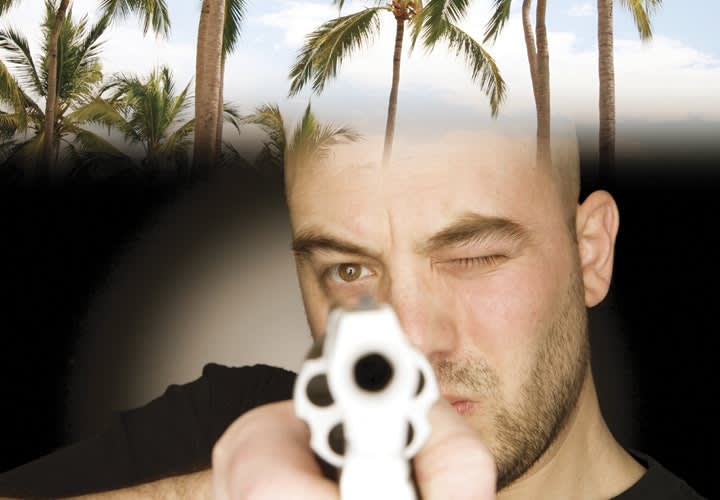The U.S. Virgin Islands affords visitors all manner of colorful attractions and a conspicuous lack of predatory wildlife. But just as man has compensated for the occasional lack of creature comforts on the islands, he has also endowed the islands with manmade dangers, and an AK-47 wielding suspect is no less lethal to law enforcement on the island of St. Croix than it is on the mainland.
In the summer of 2012, a team of restaurant takeover robbery suspects landed atop the most wanted list of St. Croix Police Chief Christopher Howell. The escalating frequency and aggressiveness of the team's robberies necessitated Howell's deployment of saturated patrols.













